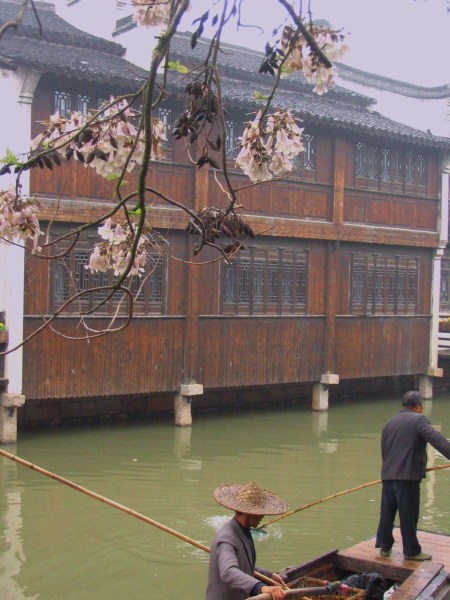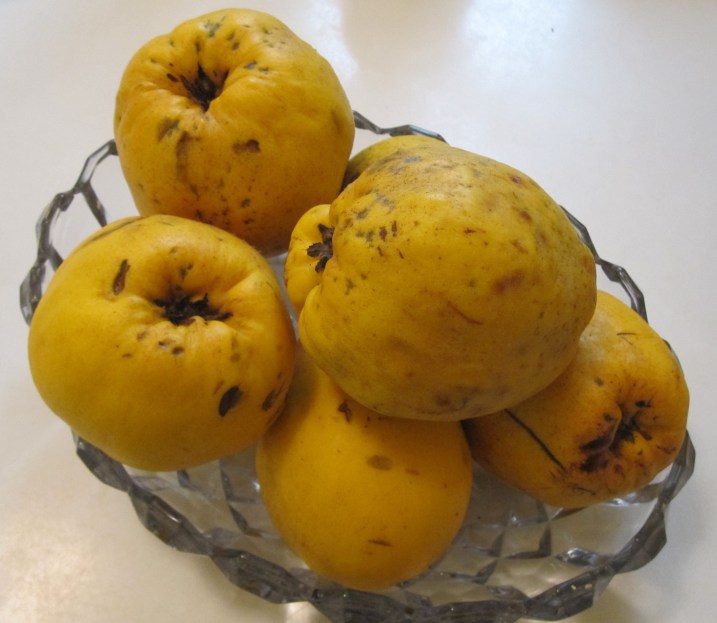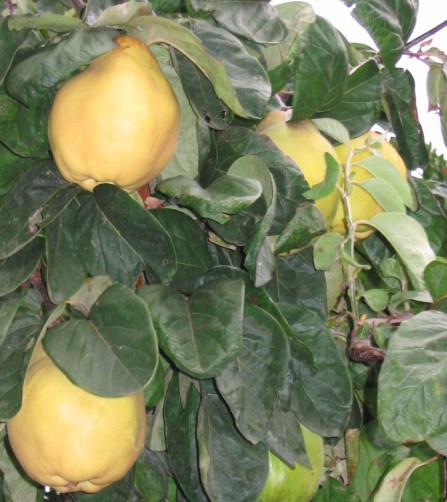As I walked through the neighbouring park the other evening I stumbled into a cloud of Paulownia perfume. It was at the end of one of the blessedly hot days we having now and the evening air was gently infused with the molecules of its aroma.
The one or two Paulownia specimens in our local parks have to be pointed out to people here – not least as the blooms of one are about 25 feet in the air. Although I am aware that it can be a ‘tree weed’ in other parts of the world, but in temperate Wales single specimens are objects to savour. As I found out in a recent discussion about the bird of paradise (Strelitzia) plant with my fellow blogger, the friendly (and always hungry!) Vittle Monster, familiarity can make what is extraordinary for one not special to another, and no doubt vice versa. During a trip to China at Paulownia blossom time our guides could never quite understand my inexhaustible interest in the flower-crammed hybrids found in temple yards.

Fish-shaped temple gong of the type traditionally made from Paulownia wood. Beijing. Photo: Mr. Edible.
My first acquaintance with the ‘foxglove tree’ was through two specimens that I used to point out to visitors in a small London botanic garden. Like many plants that humanity have shared a long history with, the visitors from around the globe told me many stories from their own history and experience: the wood is made into trousseau boxes in Japan – the wood is light and porous and can be drenched with water to protect its contents if the house is in danger of burning down – the wood is so valued that its poached in the US with the help of helicopters (when the tree is in bloom) – whole avenues of trees disappear overnight…

Paulownia blossom time in front of the Musée Delacroix, Rue de Furstenberg. Paris. (Thanks to Prof. Edible for reminding me of this.) Photo: Mr. Edible.
The large Swansea public parks that the city has inherited from the ‘industrial barons’ of another era are remarkable places. Their landscaping has come into its own with the now mature trees giving these man-made landscapes a more natural look than they have perhaps ever had previously; nowadays conceivably overshadowing their original grand houses. These parks have remarkable collections of rhododendrons and azaleas – so familiar to us every springtime that they are hardly special – we’re pleased to see them but their ‘hundreds and thousands’ colours are easily under appreciated. However, this year our winter has been so long and cold that the riot of gaudy colour is positively hilarious. Particularly as our recent cool wet summers have had hardly two seasonal days together as our presiding jet stream performed a bucking bronco across the North Atlantic.
This was my first experience of the fleeting sweet violet/vanilla of Paulownia fragrance and, together with the balmy weather, I thought the moment was worth marking. So here is a mosaic of current blooms from the ornamental gardens at Singleton Park, my unheeding pursuit of which was only brought to an end by the delivery of an unexpected caution – a well-aimed deposit of warm goo on my camera-holding hand. I had crossed an invisible boundary of nature that was marked, if I had heeded the sign, by a delicate hatched pigeon egg in front of me.


















